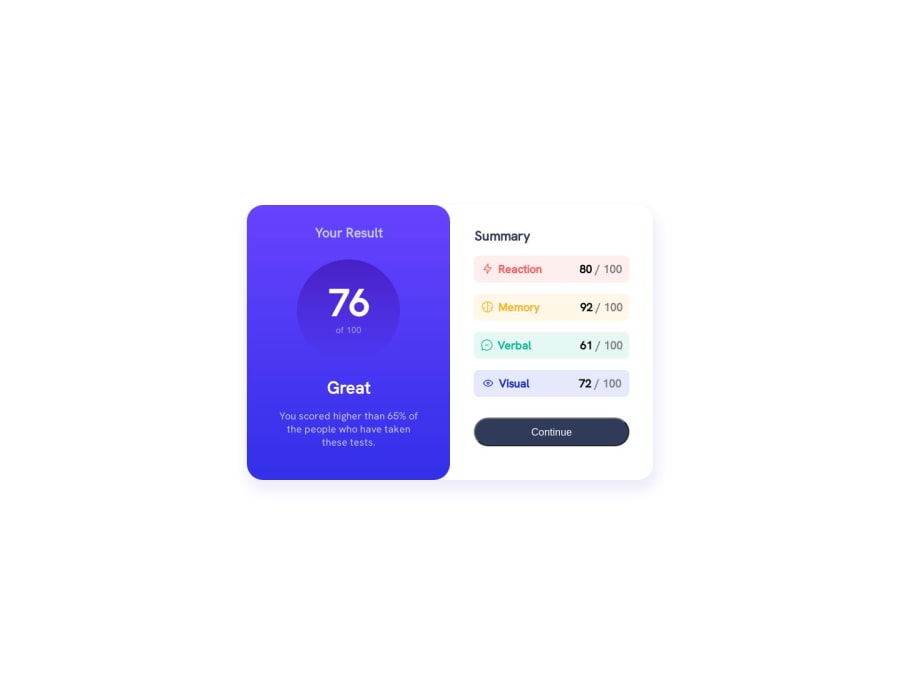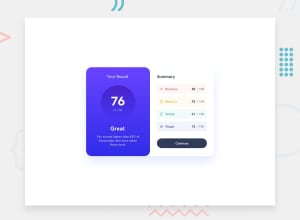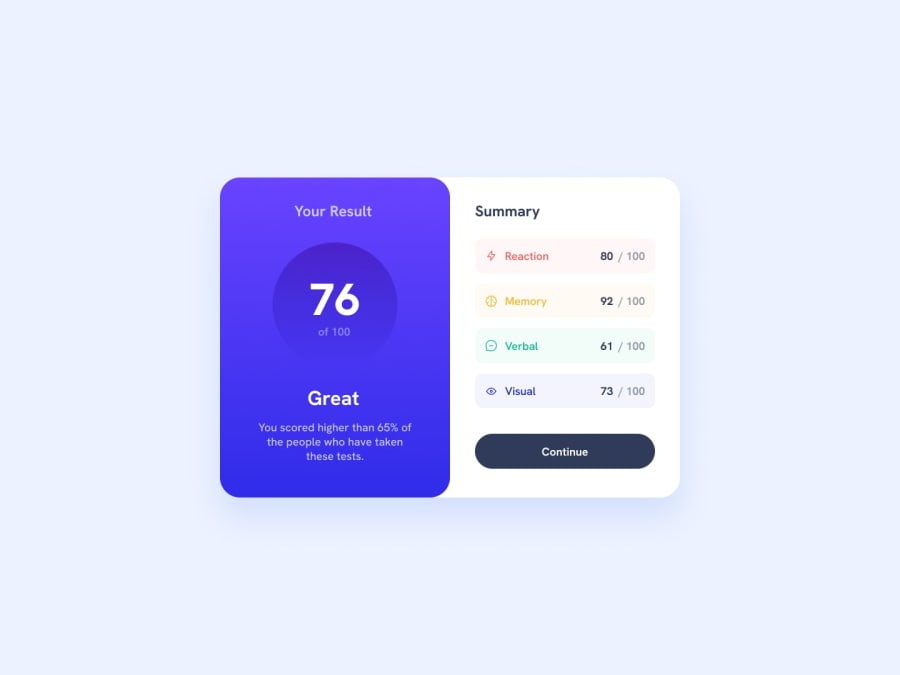
Design comparison
SolutionDesign
Solution retrospective
- The difficult part of this project was to make the website responsive.
- I think the HTML and CSS are not good enough I should have used div instead of unordered list and I have used too many margins in the CSS and I dont know how to write it efficiently.
- I want to know how to improve the CSS part.
Community feedback
Please log in to post a comment
Log in with GitHubJoin our Discord community
Join thousands of Frontend Mentor community members taking the challenges, sharing resources, helping each other, and chatting about all things front-end!
Join our Discord
